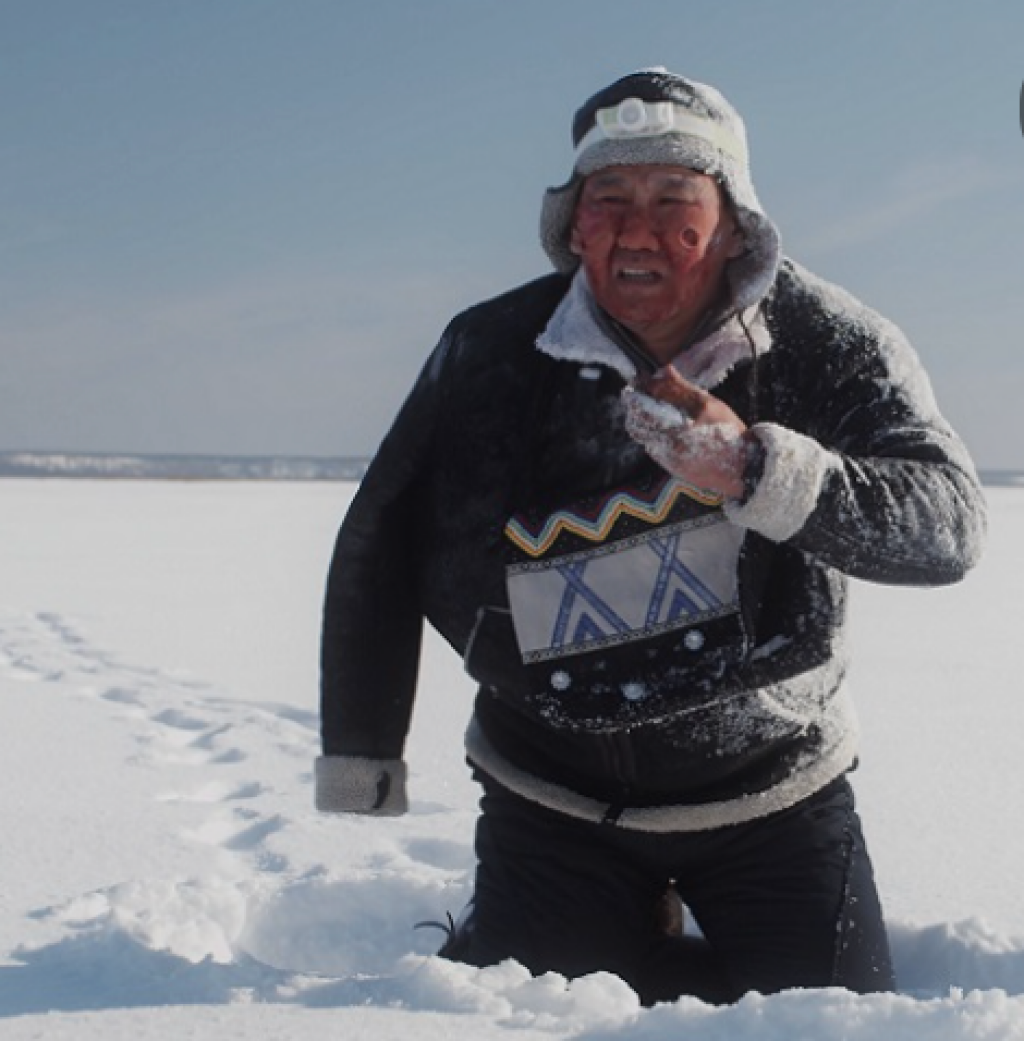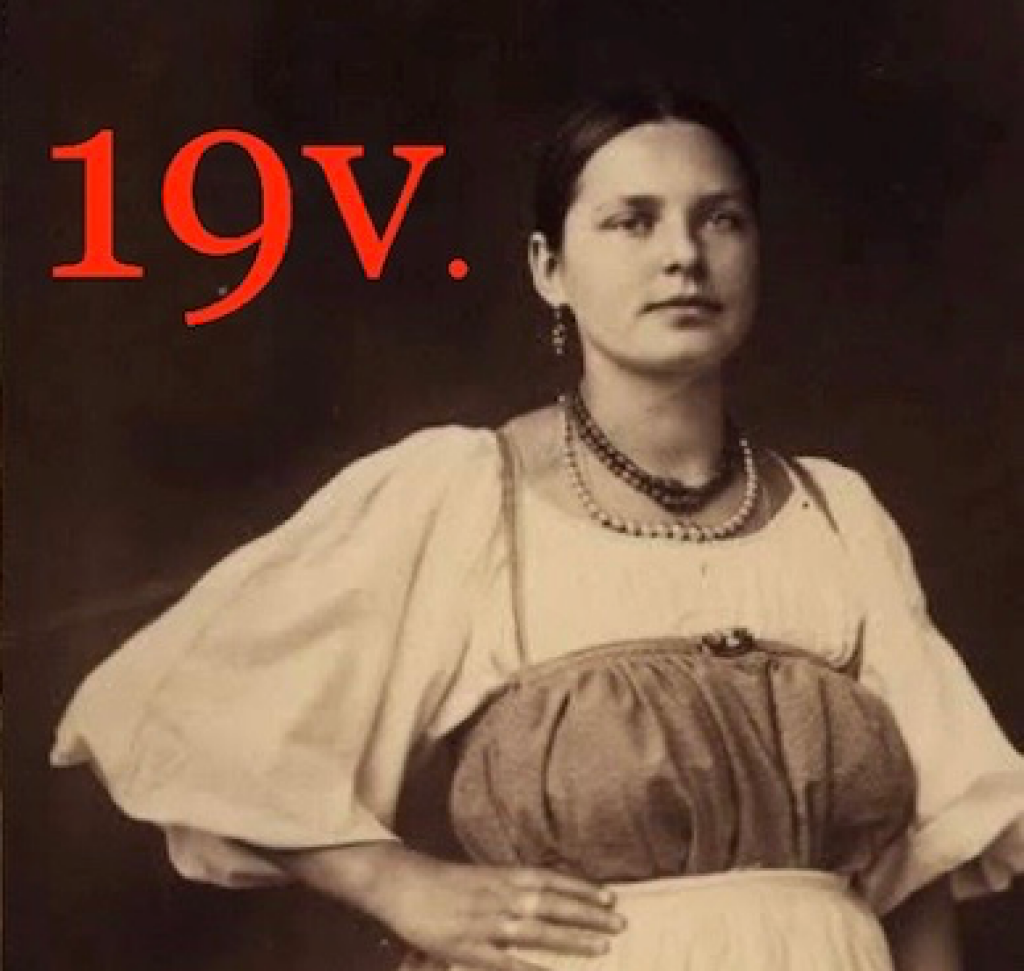The Jordan Center stands with all the people of Ukraine, Russia, and the rest of the world who oppose the Russian invasion of Ukraine. See our statement here.
Above: a photo of the protests from August, 2020.
Marin Ekstrom is a writing instructor at Toyo University and a Programs Officer with the Tokyo branch of Young Professionals in Foreign Policy. She graduated from Central European University with an M.A. in International Relations. Marin’s research interests include Eurasian integration, foreign policy analysis, and language policy and education.
Although capital cities play a key role in organizing the political and economic functions of a country, excessive centralization can fuel resentment among provincial regions. This attitude has steadily gained traction in Russia, where Moscow and the surrounding Moscow region possess immense political administrative capabilities and comprise over a quarter of Russia’s GDP. The authority that Moscow yields is especially skewed considering that Russia is the largest territorial state in the world, and the country’s lucrative natural resources are chiefly concentrated east of the Ural Mountains.
The Putin regime has sought to consolidate power in Moscow. In the process, it has allocated an increasing amount of Russia’s natural resource profits to enrich the capital while leaving diminished returns to other regions..For the most part, Russians outside of Moscow have begrudgingly tolerated this growing level of centralization. Recent events, however, indicate Russia’s provinces are becoming less accepting of Moscow’s domination, with the 2020 Khabarovsk protests standing out as an instance of Russia’s peripheral regions pushing back.
Background: The 2020 Khabarovsk Protests
In the summer of 2020, Russia was rocked by a series of massive protests in its Far Eastern city of Khabarovsk. The protests rapidly grew into the largest demonstrations in the history of the region and lasted for a year. The Khabarovsk protests were ignited by the following chain of events. On July 9, 2020, Russian state authorities arrested Sergei Furgal, the city's governor. The federal government claimed that Furgal’s detainment resulted from allegations that he helped orchestrate four murders in 2004 and 2005.
However, Khabarovsk residents swiftly condemned the conviction for being based on trumped-up charges. They suspected that Moscow viewed Furgal as a threat and targeted him to protect its interests in the region, as Furgal and his Liberal Democratic Party campaign defeated Vyacheslav Shport, the pro-Putin United Russia party candidate, in the 2018 gubernatorial elections. Their suspicions were further confirmed when Putin appointed Mikhail Degtyaryov—a man with no connections to Khabarovsk or the Russian Far East—as the acting governor of the region. Despite Degtyaryov’s Liberal Democratic Party affiliation, he has close ties to Moscow and allegedly receives financial and political support from the Putin regime. Thus, many Khabarovsk citizens viewed the action as an attempt to ‘appease’ them by appointing a governor with the same political affiliation as Furgal while ensuring that a Putin loyalist held power in the region.
Starting on July 11, 2020, thousands of residents took to the streets to protest Furgal’s arrest and denounce the Putin regime and its interference in Khabarovsk. During the initial weeks of the protests, the crowds swelled up to 50,000–80,000 participants out of the city’s population of approximately 600,000 people. In the fall of 2020, law enforcement officials began to clamp down by breaking up demonstrations and arresting protestors and journalists. Nevertheless, protestors continued to come out daily for months afterwards—though their numbers dwindled following the movement’s summer heyday. The protests effectively ended in July 2021 due to COVID-19-induced limitations on large public gatherings, though residents and analysts alike suspect that the the new rulings took advantage of the pandemic to finally quell the protests.
Core vs. Periphery: The Russian Far East’s Independent Streak
Although the circumstances surrounding Furgal’s arrest help explain why the Khabarovsk protestors reacted so strongly, their grievances run deeper than the specifics of this event. Indeed, the Khabarovsk protests reveal the strained relations between Moscow, the center of the Russian state, and "peripheral" regions such as Khabarovsk.
Russia has a long history of extensive political centralization, and Putin’s reign has continued the tradition. The effects of Moscow’s interference in regional affairs are acutely felt in Khabarovsk and other regions of the Russian Far East. The region contains vast reserves of oil, gas, and other resources, and the Russian government has taken immense advantage of this natural wealth to bolster the national economy. However, residents of the Russian Far East complain that state-sponsored business ventures funnel the majority of profits to Moscow while leaving little behind for local communities.
Lackluster investment in the region has caused cities to decline, in turn pushing residents to relocate to Moscow in search of better opportunities. Moscow has also played a major role in selecting government and business officials in the Russian Far East, privileging loyalty to the Putin regime over regional familiarity and experience. People in the region increasingly believe that Moscow uses it as a glorified natural resource appendage; their actions in the Khabarovsk protests expressed this resentment quite forcefully and publicly.
The protests highlighted the independent streak running through Khabarovsk and the surrounding region. The Russian Far East's vast geographical distance from Moscow, compounded by its heritage of settlement by explorers and political dissidents, has given rise to the notion of oblastnichestvo, which claims that the Russian Far East has a distinct sense of identity compared to Western Russian. At the limit, proponents of oblastnichestvo herald separatist campaigns to establish an entity independent from Moscow.
While such drastic measures are unlikely to materialize in the near future, the demonstrations in Khabarovsk do indicate a sense of urgency for the region to have greater autonomy in its affairs. Approval ratings for the Putin regime in Khabarovsk and the Russian Far East have steadily slipped due to frustrations over Putin’s displays of authoritarianism, Russian economic decline, and criticisms over Moscow’s reaction to the coronavirus pandemic. In addition, the Russian Far East can use its geographical proximity to such economic powerhouses as China, Japan, and South Korea to establish alternative trade and development ties, thereby lessening its dependence on Moscow. Khabarovsk and the Russian Far East are becoming less intimately linked to Moscow and could pursue steps to diverge from the preferences of the central government.
The Legacy of Khabarovsk and the Future of Protests in Russia
At the time of this writing, the 2020 Khabarovsk protest movement has died down: the protests have ended, Furgal remains in detention, and Degtyaryov was re-elected in September 2021 (though the race faced accusations of electoral fraud.) However, it would be unwise to label this event as a mere anomaly, as it inspired increased activism throughout Russia. The early days of the Khabarovsk protests sparked solidarity protests in a variety of Russian cities, including Vladivostok, Barnaul, Irkutsk, Kazan, Chelyabinsk, and Krasnodar. Country-wide protests following the arrest of Alexei Navalny in early 2021also signal increased political boldness throughout Russia. Such events suggested growing intolerance with Moscow’s heavy-handedness in the affairs of Russia’s peripheral regions, as well as a greater sense of assertiveness in pushing for the respective preferences of these communities. Russia analysts hypothesized that the protests in Khabarovsk could signal long-term shift in Russian governance, in which Russia’s provinces would have greater capacity to challenge centralized power structures.
Unfortunately, the early optimism of the Khabarovsk protests were countered by the Putin regime, which promoted a series of reforms aimed at further centralizing Moscow’s authority and took advantage of COVID-19 to crack down on protests. The most devastating blow to Russian civic engagement, however, was the February 2022 invasion of Ukraine. At first, the invasion sparked large-scale protests throughout major Russian cities, including Khabarovsk.
The Kremlin responded by enforcing a law that criminalized open dissent, including referring to the Ukraine war as a “war” rather than a "special operation." Currently, over 16,000 Russians have been detained for protesting Russian aggression in Ukraine. The crackdown on civic rights, coupled with a solid base of domestic support for the war, has greatly reduced opportunities for protest in Russia. At the same time, war's inherent unpredictability could backfire against the Putin regime. Russia’s increasing international (and especially Western) isolation—evidenced by sanctions and international brands and organizations pulling out of the country—coupled with heavy military losses on Russia’s side, could prove catastrophic to Kremlin control over the country, especially if Russia experiences a devastating military defeat and/or economic collapse.
While the prospects of a massive Russian retaliation against the Putin regime appear unlikely in the near future, events like the 2020 Khabarovsk movement indicate that Russia is not immune to political surprises. These protests could serve as blueprints for future resistance movements, allowing Russian citizens to advocate for stronger regional autonomy and structural reforms at the federal level.



